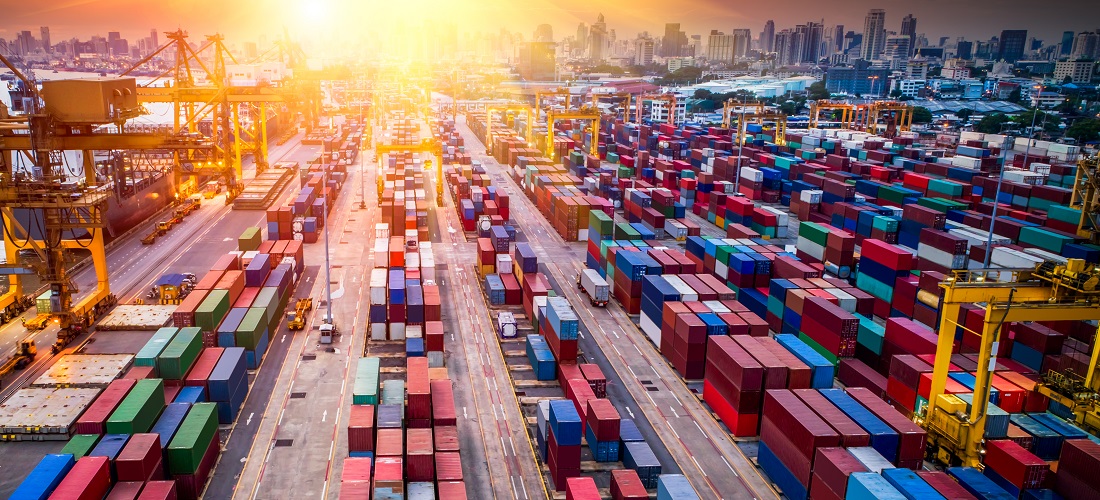
Trade Balance Drops 30% in March to USD 7.5bn Owing To Lower Soybean and Oil Exports
Apr, 05, 2024 Posted by Gabriel MalheirosWeek 202414
Brazilian trade balance posted a surplus of US$ 7.48 billion in March, according to the Ministry of Development, Industry, Trade, and Services on Thursday (4).
A surplus occurs when exports exceed imports. When the opposite happens, the result is a deficit.
According to government data, the surplus decreased by 30.4% compared to the same month in 2023 – when it reached US$ 10.75 billion (a historical record).
According to the government, in March:
- exports totaled US$ 27.98 billion, down by 14.8%;
- imports totaled US$ 20.49 billion, down by 7.1%.
The March result was influenced by the month having fewer working days. Last month, there were 20 working days, compared to 23 in March 2023.
First Quarter
In the first three months of the year, according to official data, the trade balance remained positive at US$ 19.07 billion, up by 22.2% compared to the same period last year (US$ 15.6 billion).
The surplus for the first three months of this year is also the largest in the entire data series, which began in 1989.
Exports in March
The director of statistics and foreign trade studies at MDIC, Herlon Brandão, said that the drop in soybean prices in the international market and the decrease in oil sales compared to the high volume seen last year influenced the figures released on Thursday, April 4.
For example, soybean exports totaled US$ 5.39 billion in March this year, down by US$ 1.96 billion (or 26.7%) compared to the same month in 2023 – when they reached US$ 7.36 billion. Oil exports, on the other hand, totaled US$ 3.52 billion in March this year, down by US$ 1.96 billion (35.5%) compared to the same month last year – when they reached US$ 5.52 billion.
“The decrease in exports of these two products, driven by different factors – oil’s decline due to the high comparison base, resulting in volume reduction, and soybeans’ decrease due to lower prices, leading to revenue decline – accounts for a significant portion of the overall export decline for the month,” Brandão explained.
“Since soybeans are currently being exported at reduced prices and the bulk of these exports occur during these months [beginning in March], this pricing impact is particularly pronounced now. Monitoring the next quarter will be essential to gain a better understanding of the year’s export performance,” stated the MDIC director.
On the other hand, sugar and molasses exports surged 77% in March this year, to US$ 1.47 billion, and iron ore exports increased by 3.4%, to US$ 2.45 billion.
Key Buyers in March
- China and Macau: US$ 7.06 billion, down by 3.6%
- European Union: US$ 3.85 billion, down by 15.4%
- United States: US$ 3 billion, down by 19.9%
- Association of Southeast Asian Nations: US$ 865 million, down by 0.3%
- Mercosur: US$ 1.67 billion (+1.4%), with US$ 1.21 billion solely to Argentina (+2.8%).
Forecast for 2024
The Ministry of Development also reduced its projection for the trade balance surplus for the year, from US$ 94.4 billion to US$ 74.3 billion.
The estimate for exports this year decreased from US$ 348.2 billion to US$ 332.6 billion. The projection for imports in 2024 increased from US$ 253.8 billion to US$ 259.1 billion.
Text originally published on G1
Click here to access the original report: https://g1.globo.com/economia/noticia/2024/04/04/com-exportacoes-menores-de-soja-e-petroleo-superavit-da-balanca-comercial-recua-30percent-em-marco-para-us-75-bilhoes.ghtml
-
Shipping
Mar, 25, 2022
0
Companies extend the service life of vessels and containers to overcome logistical crisis
-
Ports and Terminals
Aug, 03, 2022
0
Anymal: Port of Tubarão recruits a special maintenance assistant
-
Tank and Reefer
Apr, 12, 2020
0
Brazil’s reefer container exports fall as pandemic leads to shortage of such equipment
-
Sugar and Ethanol
May, 26, 2021
0
USDA estimates Brazil’s 2021/22 sugar crop to be 5% lower, at 39.92 million tons


